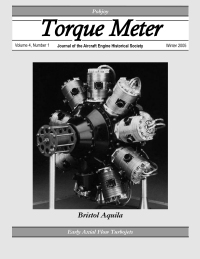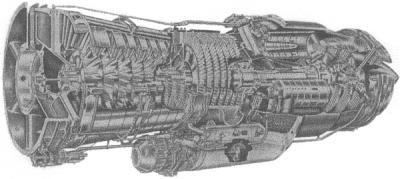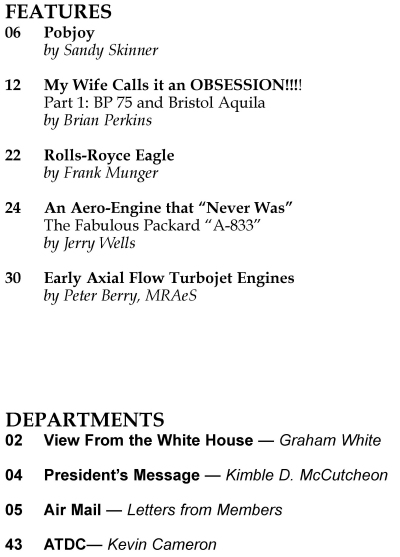
Torque Meter
Winter 2005 Issue
 |
 Pobjoy ’R’ |
Pobjoy British light aviation in the years between the World Wars is very nearly the story of one family of engines. The one dissenting voice was David Pobjoy. He was happy to accept that an inline air cooled four on Halford/de Havilland lines would always be cheaper than his high revving seven-cylinder geared radial. However, he believed that this very real advantage would be outweighed by the lighter weight and lower lifetime cost of his preferred design. His first engine, the P, was originally intended to power the Cranwell CLA4 designed by Nick Comper for the 1926 Lympne trials. It is appropriate that the popular Comper Swift was later a significant Pobjoy user. The P passed its civil type test in late 1928 and entered production in 1930. The neat little 2.5 litre (152 in³) 67 hp P grew up into the R and later the Cataract and Niagara series, finally producing 130 hp from 3.13 litres (191 in³). The earlier engines are particularly identified with the delightful Comper Swift, but powered a variety of other light sporting aircraft and experimental autogiros as well as the twin-engined General Aircraft Monospar. |
|
My Wife Calls it an OBSESSION !!!!
Anyone who has run a small business will be aware of the frustrations involved. So to stop myself losing my mind I started to build radio control model aircraft which over the years became bigger and bigger. Eventually, I fell for the Popular Flying Association’s advertisement, "Now you have built a model why not build a full size aircraft?" The aircraft chosen was Max Brugger’s Colibri powered by a 1600 cc VW. I really enjoyed the building but, due to a number of things (mainly the building of a new bungalow) I no longer had time or money for flying. The aircraft was sold on. The next few years passed in a blur of painting, gardening, gardening and gardening until suddenly I realised that I should be thinking of what to do when I retired. I still had copies of the Colibri drawings and it occurred to me that it would be rather nice to build a model of the aircraft exactly as the full size but of course to do this I needed a flat four, four-stroke engine. The start of the OBSESSION!!!!! Images of Brian Perkins’ BP 75 and Bristol Aquila model engines. |
|
Aero Engine Drawings by Frank Munger |
 |
Early Axial Flow Turbojet Engines The early concepts and application of the centrifugal and axial-flow turbojet engines were discussed in the Torque Meter Vol. 2, No. 3. Here, we look at the further development and application of the single-shaft axial-flow turbojet engines, with a glance at the first of the twin-shaft turbojet developments. To allow the turbojet engine to meet various flight demands, it was found that a twin-shaft design, with concentric drive shafts, would allow the low-pressure (LP) turbine, driving the front fan and low-pressure (LP) compressor, to reach its optimum operating speed, while the high-pressure (HP) turbine, driving the high-pressure (HP) compressor, could then find its own optimum operating speed. |
